Cycling endurance isn't just about logging miles—it's about smart training, recovery, and consistency. Many riders unknowingly sabotage their progress with small but critical mistakes. Whether you're training for a century ride, a gran fondo, or just want to feel stronger on long weekend rides, avoiding these 12 common pitfalls can make a dramatic difference.
Riding without a plan leads to plateaus. Random long rides or intense efforts without periodization can cause burnout or underperformance.
Solution: Follow a 6–12 week plan with base, build, and peak phases. Use apps like TrainingPeaks or WKO5 to track progress.
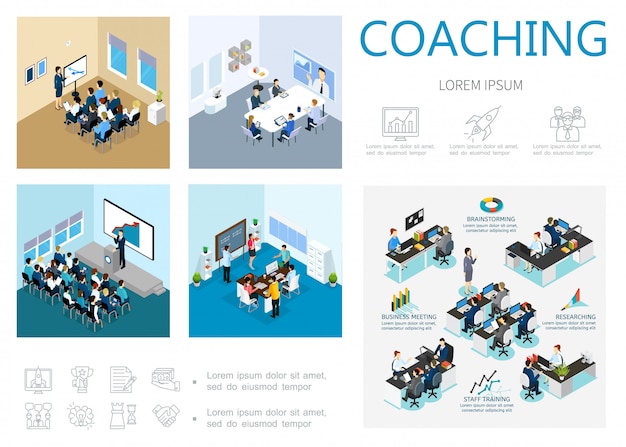
Endurance gains happen during recovery, not just on the bike. Overtraining suppresses immune function and increases injury risk.
Solution: Schedule at least one full rest day per week. Track resting heart rate and sleep quality—consistent spikes can signal overtraining.
Fueling matters before, during, and after rides. Many cyclists under-eat carbs during long efforts, leading to bonking.
Solution: Aim for 30–60g of carbs per hour on rides over 90 minutes. Use a hydration pack with electrolyte mix. Track intake with a cycling computer or app.
Even mild dehydration reduces power output and concentration. Cyclists often forget to drink until they’re thirsty—by then, it’s too late.
Solution: Drink 500ml per hour in moderate conditions, more in heat. Use bottles with measurement markings. Set a timer to sip every 15 minutes.
Leg strength and core stability improve pedal efficiency and reduce injury risk. Many endurance cyclists skip the gym, missing out on performance gains.
Solution: Add 2x weekly 30-minute sessions focusing on squats, lunges, planks, and deadlifts. Track reps and weights to monitor progress.
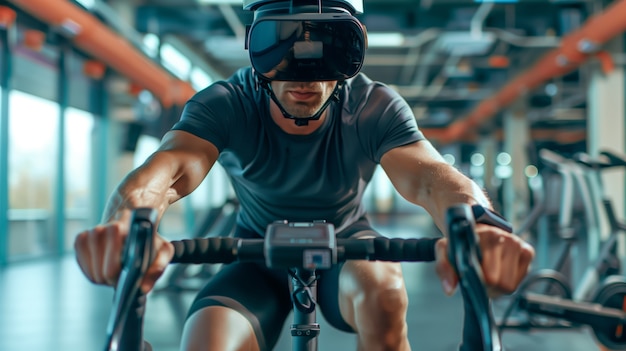
Sleep is when your body repairs muscles and consolidates endurance adaptations. Less than 7 hours nightly hampers recovery.
Solution: Prioritize a consistent sleep schedule. Use a wearable to track sleep stages. Aim for 7–9 hours nightly, especially after hard rides.
Pedaling inefficiently wastes energy. Riding in too high a gear with low cadence increases fatigue.
Solution: Maintain 80–95 RPM on flats. Use a cadence sensor. Record short video clips to analyze posture and pedal stroke.
Without data, it’s hard to know if you’re improving. Relying only on perceived effort limits progress.
Solution: Track power (watts), heart rate, and normalized power. Use Training Stress Score (TSS) to measure ride intensity weekly.
Jumping straight into hard efforts increases injury risk and reduces performance.
Solution: Warm up with 10–15 minutes of easy spinning and 3x 1-minute build-ups. Cool down with 10 minutes of low-intensity pedaling and stretching.
Endurance isn’t just about distance. Without intensity, you miss aerobic capacity (VO2 max) and lactate threshold gains.
Solution: Include 1–2 interval sessions weekly—like 4x5 minutes at threshold. Balance long slow distance (LSD) with structured intensity.
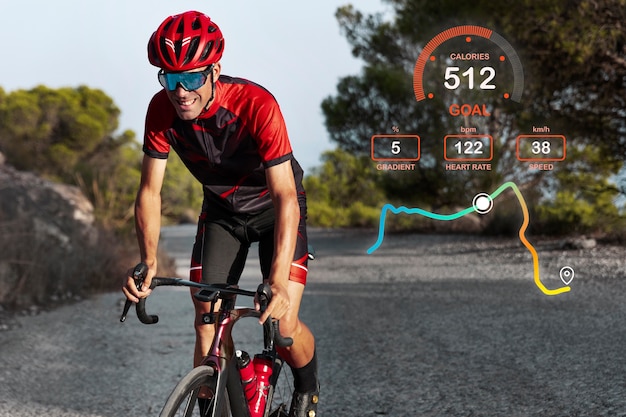
An improper fit leads to discomfort, inefficiency, and overuse injuries—especially on long rides.
Solution: Get a professional bike fit annually. Check saddle height, reach, and cleat position. Track any numbness or pain in a journal.
Endurance goals take months. Without motivation cues, it’s easy to lose focus.
Solution: Set micro-goals (e.g., 'Hold 200W for 20 min'). Use a habit tracker. Post motivational quotes on your bike bag or phone wallpaper.
Improving endurance is a marathon, not a sprint. By identifying and correcting these 12 mistakes, you’ll ride farther, recover faster, and enjoy the journey more.
Track your progress weekly, celebrate small wins, and remember: every pedal stroke counts.

Fitness

Fitness

Fitness

Fitness

Fitness
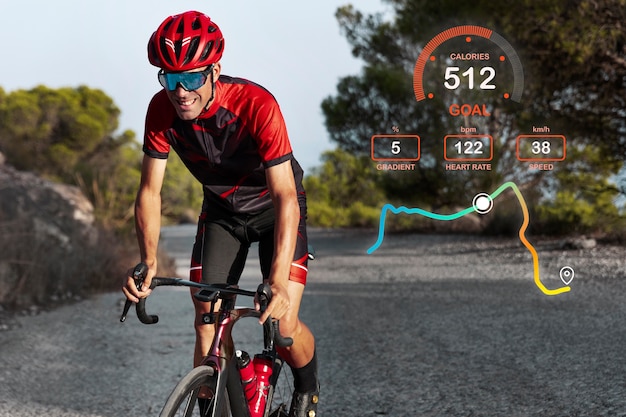
Fitness

Fitness

Fitness

Fitness
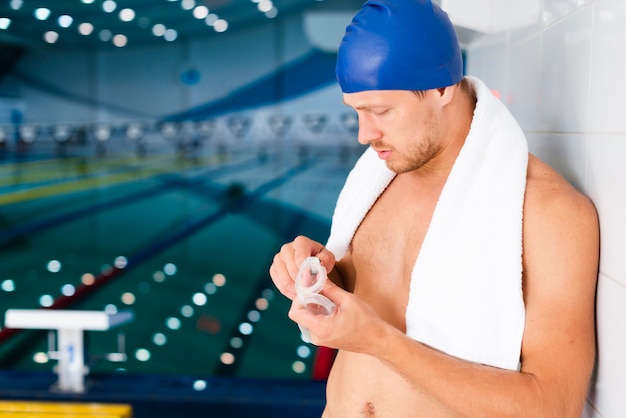
Fitness

Fitness
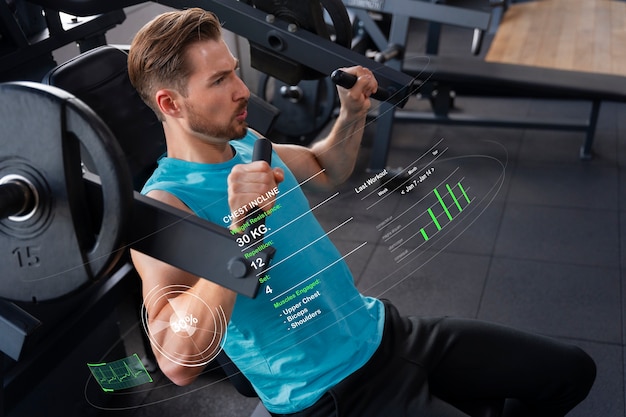
Fitness

Health

Fitness

Health

Health